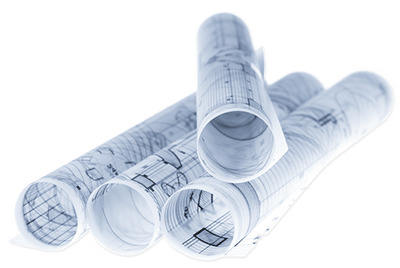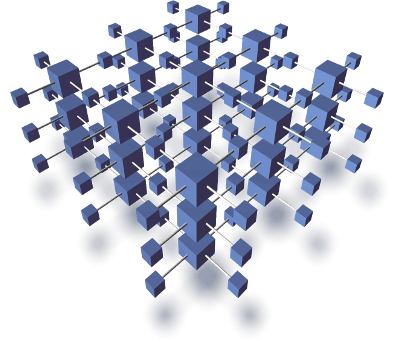
Simulation lets you experiment with systems that don't exist yet
You can explore the merits of alternative designs without actually physically constructing the systems. By investigating the effects of specific design decisions during the design phase rather than the construction phase, the overall cost and risk of building the system diminish significantly.

Simulation lets you try large-scale scenarios without having to build them
How will your system scale from a few users to a few hundred, a few thousand or a couple of million? Where are the bottlenecks? How should you handle them? Which architecture is best? What components should you use? Using hardware to find out the answers to these questions comes with prohibitive costs and problems will pop up only when time is in very short supply. Using simulations, you can prepare in advance and mitigate any risks before they spoil the day.

Simulation lets you synthesize scenarios that are hard to reproduce with the physical system
Often, you want to find out the exact border conditions where your system encounters problems and ensure you never encounter them. In physical systems,simulating these exact conditions - often involving multiple hardware components is very difficult. Radio propagation, message conflicts, processor cycles, these are very difficult to control in physical systems, but they are easy to access in simulations where you can set up components to behave exactly how you want them to. This way, even obscure or low probability failures can be simulated and properly mitigated.

Simulation lets you investigate details that are normally not accessible
In an OMNEST simulation, you are the master of time. You can stop the system at any given moment and examine where each bit is, what the internal buffers contain, check for the state of the system or "watch" for a condition. No physical system will give you this level of insight and control. You can produce sequence charts and other output to easily find and remove bugs in the system, ensuring that you can approach the next production phase with confidence and less risk of costly iterations.

Simulation lets you verify and validate a product early in development
Simulations may incorporate production code embedded in the system. In that case, system-level simulations can be used for functional and performance testing of your product even before moving on to later phases of development such as prototyping. Running system-level simulations with predefined test vectors lets you discover and rectify defects early in development, leading to cost-saving and improvement in product quality.

